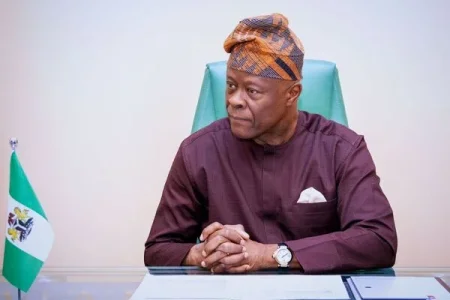
Nigeria's debt-to-GDP ratio has surpassed 50%, hitting N121 trillion in total debt. Moody’s predicts debt interest could consume 36% of government revenue, highlighting economic challenges amid rising borrowing and currency devaluation pressures.
Nigeria’s debt-to-GDP ratio has exceeded 50% for the first time in its history, as reported by the Debt Management Office (DMO). The latest figures reveal a staggering public debt of N121 trillion, comprising N65.6 trillion in domestic debt and N56 trillion in foreign debt. With Nigeria’s nominal GDP reaching N229.9 trillion by December 2023, the 52.9% debt-to-GDP ratio signals a critical economic milestone.
This increase underscores Nigeria's ongoing fiscal challenges amid modest GDP growth of 2.74% in real terms. Comparatively, neighboring countries like Ghana and South Africa maintain higher debt-to-GDP ratios of 84.9% and 72.2%, respectively. Moody’s warns that Nigeria’s interest payments on debt could consume up to 36% of government revenue in 2024, exacerbated by a sharp rise in local borrowing rates from 12.8% in 2023 to approximately 19% in early 2024 due to stringent monetary policies.
The surge in debt accumulation, largely attributed to increased borrowing and currency devaluation, reflects Nigeria's struggle to balance economic growth with debt sustainability amidst global financial pressures.




